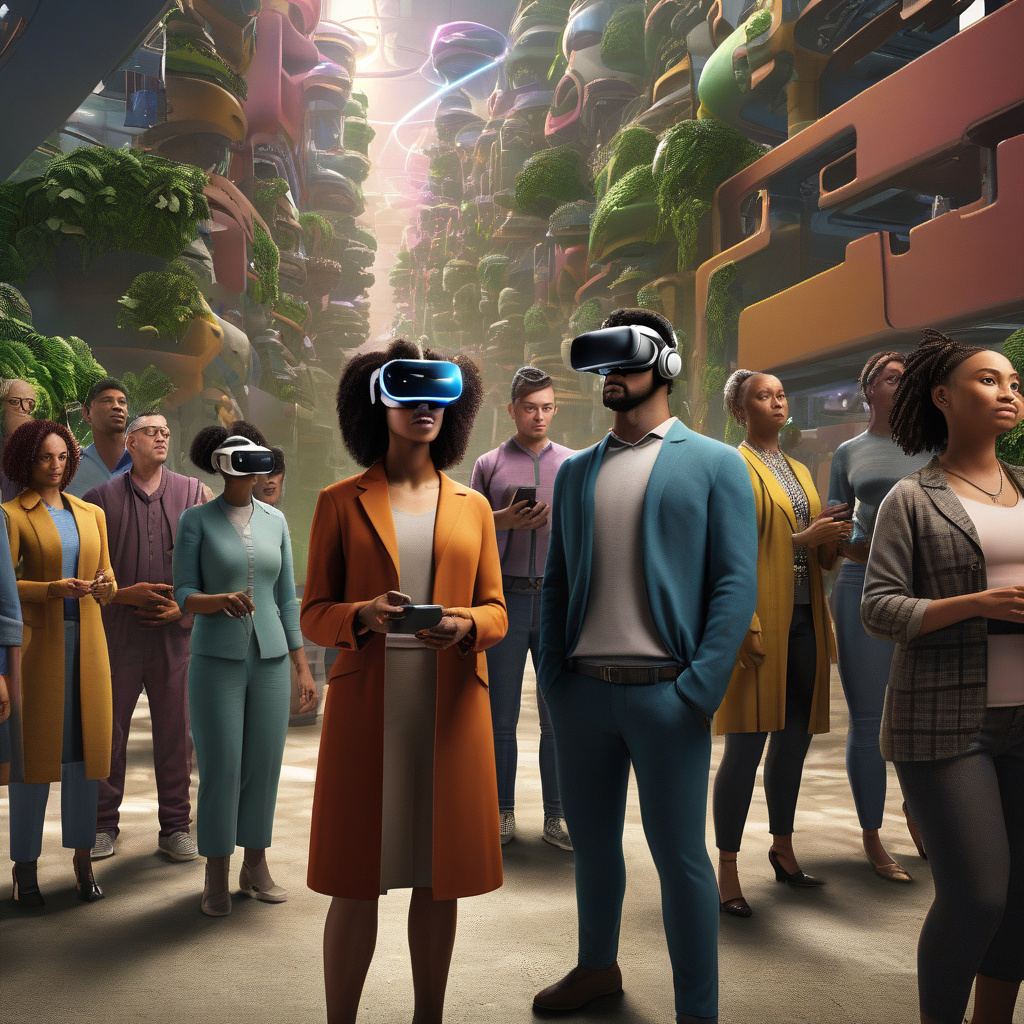In the ever-evolving landscape of technology, terms like Virtual Reality (VR) and Augmented Reality (AR) have become commonplace. However, there’s a new player in town that’s generating buzz among tech enthusiasts and developers alike: Synthetic Reality.
So, what exactly is Synthetic Reality? In essence, it represents a cutting-edge approach to crafting digital experiences by harnessing the power of Artificial Intelligence (AI). Unlike VR and AR, which primarily focus on altering our perception of the physical world, Synthetic Reality delves into the realm of AI-driven generative tools and language models to create immersive virtual environments that blur the line between the real and the digital.
By leveraging AI algorithms, Synthetic Reality enables developers to craft dynamic and interactive experiences that respond intelligently to user inputs and environmental stimuli. This means that instead of simply presenting pre-programmed scenarios or static content, Synthetic Reality environments can adapt and evolve in real-time, offering users a truly personalized and engaging experience.
One of the key advantages of Synthetic Reality lies in its ability to simulate intricate scenarios and complex interactions that go beyond the capabilities of traditional VR and AR technologies. For instance, imagine a training simulation for medical professionals where AI-powered virtual patients exhibit realistic symptoms and respond realistically to treatment protocols, providing a valuable learning experience that closely mirrors real-world scenarios.
Moreover, Synthetic Reality has the potential to revolutionize industries ranging from entertainment and gaming to education and healthcare. By harnessing the power of AI to create hyper-realistic simulations and experiences, developers can unlock a new frontier of possibilities for immersive storytelling, training, and therapeutic applications.
In a recent article on TechRound, the concept of Synthetic Reality was explored in-depth, shedding light on its transformative potential and the innovative ways in which developers are harnessing AI to push the boundaries of digital experiences. As we continue to witness rapid advancements in AI and computational technologies, Synthetic Reality is poised to redefine our understanding of immersive digital experiences and pave the way for a new era of interactive storytelling and engagement.
In conclusion, while VR and AR have paved the way for immersive digital experiences, Synthetic Reality represents the next frontier in AI-driven interactive storytelling. By blending the power of AI with generative tools and language models, developers are unlocking new possibilities for creating dynamic and personalized digital environments that captivate and engage users in ways we’ve never seen before. As we look to the future of technology, Synthetic Reality stands out as a promising avenue for innovation and creativity in the digital realm.

